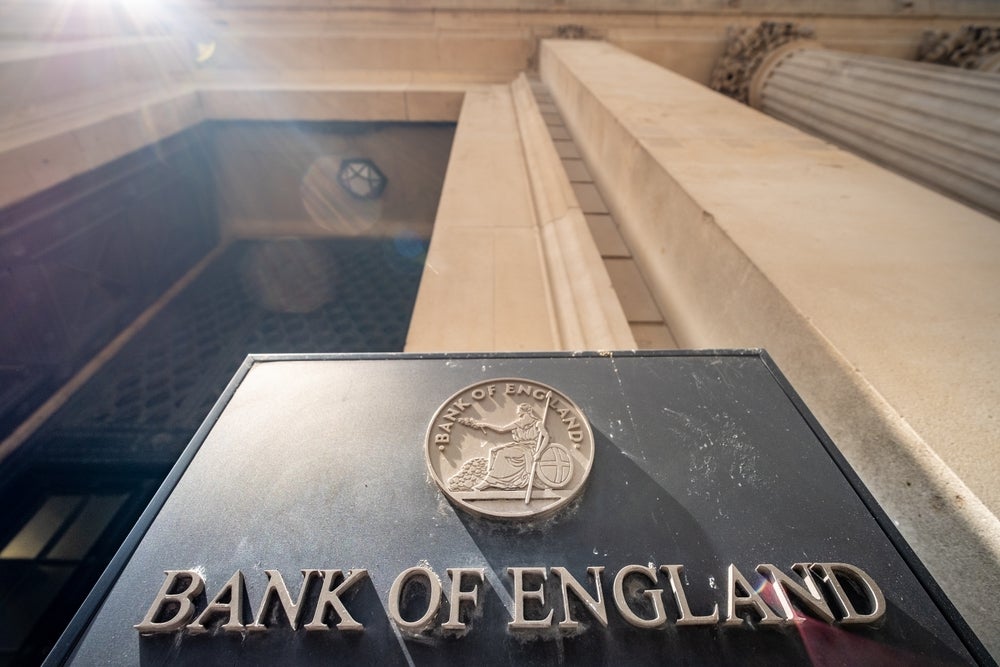
GlobalData reporter Kris Cooper hears from International Sustainability Standards Board vice chair Sue Lloyd about the development of the ISSB and the role of accountants in delivering sustainability reporting.
In June, the International Sustainability Standards Board (ISSB) announced the completed versions of the S1 and S2 International Financial Reporting Standards (IFRS) relating to sustainability disclosure reporting.
Sue Lloyd, Vice Chair of the IFRS Foundation told The Accountant the ISSB aims to achieve “a global baseline of sustainability information to meet the needs of capital markets” to facilitate informed investment decisions. Previously, many businesses have been drawing upon voluntary sustainability disclosure frameworks.
The standards are investor focused. Despite this being a huge step towards sustainability financial reporting, as with many global guidelines and manifestos, sometimes standards such as these are complex to navigate, so there must be an emphasis on specificity for IFRS S1 and IFRS S2 to have the impact for which the ISSB is hoping.
Who are the ISSB?
The International Sustainability Standards Board (ISSB) has worked swiftly since its creation at COP26 in 2021 to generate a global baseline of sustainability disclosures and reporting. It is a subsidiary part of the International Financial Reporting Standards (IFRS) Foundation, which previously established the International Accounting Standards Board (IASB) – a global standard for financial reporting for over 30 years.
How well do you really know your competitors?
Access the most comprehensive Company Profiles on the market, powered by GlobalData. Save hours of research. Gain competitive edge.

Thank you!
Your download email will arrive shortly
Not ready to buy yet? Download a free sample
We are confident about the unique quality of our Company Profiles. However, we want you to make the most beneficial decision for your business, so we offer a free sample that you can download by submitting the below form
By GlobalDataKey Features of IFRS S1 and S2
IFRS S1 asks for the disclosure of material information about sustainability-related risks and opportunities with the financial statements, to meet investor information needs.
- It applies the Task Force on Climate-related Financial Disclosures (TCFD) architecture (governance, strategy, risk management and metrics and targets) for disclosure of information about sustainability-related risks and opportunities.
- It requires industry-specific disclosures.
- It refers to sources to help companies identify sustainability-related risks and opportunities and information.
- It can be used in conjunction with any accounting requirements (GAAP).
IFRS S2 sets out the requirements for a company to disclose information about its climate-related risks and opportunities.
- It incorporates the TCFD recommendations.
- It is used in accordance with IFRS S1.
- It requires disclosure of material information about climate-related risks and opportunities, including physical and transition risks.
- It requires industry-specific disclosures, which are supported by accompanying guidance built on the Sustainability Accounting Standards Board (SASB) Standards.”
Interoperability
The ISSB has built on the framework and standards of the ISAB, TCFD, SASB and Climate Disclosure Standards Board (CDSB) whilst collaborating with the Global Reporting Initiative (GRI). There has been an emphasis on interoperability as a key element to consider in the creation and smooth implementation of IFRS S1 and S2. Commenting on the creation and speed of development of the standards, Lloyd commented: “The ISSB haven’t attempted to reinvent the wheel … They build on the concepts that underpin the IFRS Accounting Standards.”
Regional and National Developments and Legislation
Shortly after the announcement of IFRS S1 and S2, the European Commission (EC) announced the adoption of the European Sustainability Reporting Standards (ESRS) in July 2023 which was ‘developed in parallel’ with the ISSB. The ESRS covers a wider scope than the ISSB’s, asking companies to report on material impacts on ecosystems as well as financial material disclosures. It also addressed social and governance issues which the ISSB is yet to publish standards on. This is a promising step in the adoption of the ISSB’s standards as it demonstrates integration into a legal framework.
The UK government in its Green Finance Strategy document has stated a desire to show “international leadership in its support for the IFRS Sustainability Disclosure Standards”. In October 2023 the UK’s Transition Plan Taskforce (TPT) finalised its sector-neutral disclosure framework which is compatible with and builds upon IFRS S2. The TPT framework also considers guidance from the Glasgow Financial Alliance for Net Zero.
Lloyd, commenting on the progress of adoption across the world, stated: “Already, jurisdictions such as Australia, Japan, Singapore, and the UK are looking at routes to introduce the ISSB Standards. In the global south, jurisdictions such as Nigeria have publicly announced their intention to adopt the ISSB Standards early.”
Andy Garraway, Senior Climate Policy Analyst at Risilience added: “Regulatory alignment on sustainability reporting across jurisdictions will take time despite shared intentions. Complications arise from nuances in approaches – the SEC standards lack detail compared to the ISSB, while in Europe, the ESRS exceeds ISSB requirements. This creates near-term complexity for companies navigating these overlapping standards.”
Considerations from National Accounting Standards Boards
In October 2023, various accounting standards boards from across the globe combined their comments on the ISSB’s agenda priorities into a letter to Emmanuel Faber, Chairman of the ISSB and Andrea Backrow of the ISAB. The UK Endorsement Board (UKEB), Canadian Accounting Standards Board (AcSB), Malaysian Accounting Standards Board (MASB), Australian Accounting Standards Board (AASB) and New Zealand External Reporting Board (XRB) all recognised that “communicating the ISSB’s long-term objectives and clarifying how these relate to the IASB’s roadmap was a critical next step.”
However, the open letter also echoes some of Garraway’s concerns about the complexities of various overlapping regional, national, and international standards. The XRB emphasised: “that simply “Relying on generic aspirations for ‘connectivity’ or ‘interoperability’ may undermine the credibility of the work of the ISSB”.
The UKEB added: “Stakeholders have requested that the ISSB take this time to set out a long-term roadmap, which clearly sets out the rationale for why any specific project is included on the work plan”.
The role of the accountant
Commenting on the skill gap the ISSB standards highlight for accountants, Dr Nigel Sleigh-Johnson, ICAEW Director for Audit and Corporate Reporting told IAB: “There is a significant need for upskilling across the corporate reporting ecosystem, including the accounting profession, which we think can and should play a major role in contributing to the coming step change in transparency around sustainability.”
Sleigh-Johnson added that it could be “a challenging period of transition to consistent and high-quality sustainability reporting and assurance”.
Garraway also commented on how integrating the ISSB standards into financial reporting is set to expand the role of the accountant: “Accountants can no longer treat sustainability as a separate reporting domain but must interweave it with financial reporting; this integration of sustainability will make an accountant’s role more strategic in assessing and communicating performance across financial and non-financial metrics.”






